|
While returning to your Bikram Yoga practice may not be the hardest thing you've done this year it can be a challenge to get back into your routine after a hiatus. PLUS you might be making it harder without even knowing it! Don't do that. Here are 3 blunders to avoid when re-starting your yoga practice post-break: 1. Practicing exactly like you used to
The reality is, until your first class back in the studio (unless your "quarantine project" was building a sauna in your garage) you have not done Bikram Yoga in 105 degrees in at least 7 months. And you've probably never done it in a mask! If you come in going "balls to the wall" you may find yourself in final savasana around party time. Instead, EASE back into your practice by... lowering your expectations. One way to try is doing the 1st set of each pose very gently (seriously, 10% of what you think you can do) and hold it still and breathe. If you feel strong, try doing a little bit more in the 2nd set. Instead of trying to do a "deep" posture or even the whole posture, try doing 1 step at a time with your most perfect technique. Your body has been through a LOT lately (even just sitting long hours at a desk can be traumatic!) It's not kind- or fair- to ask it to perform like it did back when you were attending yoga several times a week. Approaching your practice in this patient and measured way will help you build strength and stamina- and reconnect your consciousness to your body in a way you haven't done in a while! Backing off on intensity always provides an incredible opportunity to learn so much about the pose, the yoga- and most importantly, about yourself. 2. Not drinking water, because face diaper Maybe it's just us, but the team have noticed ourselves drinking WAY less at the studio now that we've got masks on (and kombucha is no longer on tap!) Especially if you wear a mask throughout the day, create a habit of chugging at least a 16-24 oz glass of water first thing in the morning when you wake up. You'll be ahead of the hydration game before you cover up your piehole. P.S. We now have SOMA Kombucha in bottles! Grab one after class and take it with you. Did you know the Concord Grape Rii is caffeine free? Refreshing and hydrational (yes that is now a word) 3. Not involving your peeps One of the biggest mistake we make as individualistic American cowboys (or cowgirls or cowpersons) is believing we have to go it alone. If being trapped home alone for months has taught us anything, it's how much we gain from being with others. Returning to your yoga practice is no different. Studies have even shown that people tend to exercise more regularly when they have an exercise partner! Making plans for a "yoga date" can be the best motivation (and hey, we've made it super easy to socially distance in the hot room.) Send a yoga buddy THIS LINK to get their 1st month for $50! Did these tips help you rock your return? Let us know!
2 Comments
Over the summer we published this blog post discussing existing research on heat and humidity in relation to COVID-19. (Hint: it was good news for Bikram Yogis!) A new study came out this month which has even more to say on the subject. Where back in May, scientists observed that areas with higher temps and humidity experienced less spread of COVID, the recent findings suggest it's not quite that simple. Wait... can we still do Bikram Yoga?? YES. **CAVEAT ALERT** Before I dive in any deeper, I'd like to point out that in no way am I claiming that being in our yoga room will guarantee that you do not catch the novel coronavirus. The truth is that any time you leave your home or are around other people, you are at some risk of catching COVID. This post is addressing the scientific findings that some environments pose more risk than others. Here is what the science says: "Our research shows that the viability of coronavirus is higher at low air temperature values below or equal to 75 F (25°C) and at high relative humidity values greater than or equal to 65%," says Prof. Dimitris Drikakis, one of the new study's authors. "Therefore, countries with the above weather conditions or indoor places with the above environmental conditions (at those conditions) are more at risk." Check out this chart (circle added for reference) from the study showing the concentration of airborne contaminated droplets: The study found there was less risk of catching COVID at temperatures above 75 and humidity below 65%.
Hooray: that's US! (See the red circle on the image above.) We keep our hot room at a perfectly sweet spot for sweating: 105 degrees Fahrenheit (40 Celsius) with 40-60% humidity (In most classes, especially now with our limited capacity, humidity actually remains between 40-50%.) Scientists now understand that how well COVID spreads in the air is due to a combination of factors which include not only heat and humidity but also (when outdoors) wind and (when indoors) ventilation. For indoor spaces, proper ventilation is advised, as well as the use of air purification systems to help reduce concentration levels of any contagions in the air. Here at Home we've always been fans of good air quality. Yogis who've practiced in stuffier hot studios often remark at how much better they breathe in our room! That's in part because of our Demand Control Ventilation system. The DCV maintains indoor air quality by automatically adjusting the amount of outside air coming into the hot room when the CO2 reaches a specific level. In order to further increase the flow of outside air in keeping with current recommendations, this setting is currently at “0” which means we are bringing in the maximum amount of outside air (around 50%) during class. The air which is recycled is constantly cleaned by the iWave air purification system. "We should also avoid places of low temperature," says Drikakis. We've been saying that for years! ;) Check out this post for a rundown of the many benefits of heat for all kinds of reasons. And read this if you have any concerns about "handling" the heat. Most importantly, join us in Home's hot room: we're here 7 days a week. Click here to book your class! Did you know that using heat for healing is old-school? Far from being a fad, heat therapy has been used in many cultures (as far back as ancient Egypt) as a medical treatment for a variety of aches and pains? Makes sense if you think about it, since an increase in temperature to an area of the body promotes circulation and blood flow there. And blood is how each part of your amazing body receives the nutrients it craves, and removes the waste it needs gone What heat does:
Heat relaxes tense muscles and (by improving circulation) helps heal damaged tissue, ease soreness and relieve joint pain caused by arthritis or just being a stiff dude. Heat therapy can be "dry heat" like using a heating pad or sitting in a sauna, or "moist heat" like soaking in a hot spring or applying steamed towels. At 105 degrees and 40% humidity (your clothes basically become steamed towels!) our hot room environment here at Home is kind of... both. Heat has even been found to be an effective treatment for depression! This area of research is relatively new, but already this study has even looked specifically at using heated yoga to treat depression and anxiety and (surprise surprise!) it works. Bonus: no crummy side effects like other anti-depressants. There's lots of evidence exposure to warm temperatures can elevate your mood. Scientists have observed that brain areas which process pleasant stimulation activate when the skin is warmed. Activity in the medial orbitofrontal cortex for example is low in depression, but it’s increased by warm stimulation. While being in the heat helps us feel happier, doing yoga poses in the heat also provides an added challenge to the mind, and through that challenge hot yogis cultivate the oh-so-practical mental qualities of Faith, Self Discipline, Concentration, Determination and Patience! Athletes use heat training for improved endurance. A rapid increase in the volume of blood's plasma when it's hot seems to boost performance in athletes! It does so by helping move excess heat out to the skin and cool you off, among other things. The jury's still out on whether heat training helps improve endurance in regular temperatures, but... concentration and determination definitely do. Heat may also keep you saf(er) Check out this blog post here for what science has found about the effects of heat and humidity on COVID-19 transmission rates. (Hint: it's good news for Bikram yogis!) Bottom line: A blacksmith doesn't try to take a piece of iron and change its shape by just pounding away at it cold. You have to heat it up first! In the same way, we're trying to change (improve!) both both body and mind when we practice yoga. Keeping toasty helps you do it! Ready to try? Book your next heat therapy- I mean, hot yoga- sesh here. Our psychic powers tell us you may be wondering: is wearing a mask in hot yoga even safe? Depends. Are you prepared to take excellent care of yourself during class? That means breathe through your nose, and rest when necessary (Hint: if you find it hard to keep breathing through your nose, you need a rest: When you first return Home, you will probably need to take more breaks than you are accustomed to. It's true that a mask will be in the way of air headed into your nose, but also don't forget that you haven't been in a hot room for 7 months!
Everyone is going to be out of "hot yoga shape" at Homecoming, masks or no masks. We all get to re-acclimate together. If you think about it, that's kind of awesome. Never in the history of the studio have we ever had a class where everyone was still getting used to the heat! What a gift that we all get to support and inspire each other in this way. Look, if you have any concern (and especially if you have any respiratory issues) you should definitely ask your doctor if wearing a mask in hot yoga is for you. Having said that, there may even be some benefit to exercising while wearing a mask! For years, athletes have used "elevation training masks" which decrease levels of oxygen to simulate working out at high elevations. The idea is training the lungs to perform with less oxygen, will make performing with normal oxygen levels that much easier. It's important to note that wearing a regular (non-ETM) mask does not actually decrease oxygen levels (though it may feel like it sometimes) Bottom line: athletes have been training in masks for years. The word "training" is the key: it's a practice. Like yoga. Doing your yoga in a mask is going to take practice. So are you prepared? If you're prepared to try- mindfully and patiently, practicing in a mask will be way less lame. By the way, just like trying ONE class in a mask is not really enough. Because, imagine if you only tried Standing Bow Pulling pose ONCE, and then decided you couldn't do it?? You've got to give this (and yourself!) an honest chance. Just like when you first began practicing in the heat: 2 or 3 classes in your first week will help you adjust the quickest. Who knows, your respiratory system may actually get stronger from the experience! Your ability to tune in to your body's signals and manage intensity accordingly definitely will. And that's a bonus worth training for! Check out this post for more thoughts and tips on wearing masks in class. Bikram Yoga in a face mask: #36482 on the list of things I’ve done in 2020 which I never imagined I would do! You know what though? It ain’t so bad. Yogis have been asking for recommendations, so... Here are a few things I’ve discovered:
But the #1 thing you need to do when practicing Bikram Yoga in a mask (or even not in a mask) is simple and costs $0: Give yourself permission to take radical good care of yourself during class. That means breathe through your nose, and rest when necessary (Hint: if you find it hard to keep breathing through your nose, you need a rest:) Good news is, you already practice that every time you do Bikram Yoga- right? When you first return Home, you will probably need to take more breaks than you are accustomed to. It's true that a mask will be in the way of air headed into your nose, but also don't forget that you haven't been in a hot room for 7 months! Like Standing Head to Knee pose, doing your yoga in a mask is going to take practice. If you're prepared to try- mindfully and patiently (and with the right supplies!) hot yoga in a mask may not be your favorite, but it won't totally suck. You might even forget it's there. Plus, think of how bada** that is! "I do Bikram Yoga in a face mask" said no lame person EVER. ;) Check out this post for more thoughts on masks! I feel pretty confident about spending 90 minutes in a hot room breathing with you during a global pandemic. There are a few reasons for that:
Ok... but what's an iWave? The iWave is the air purification system we've installed in the hot room's duct system! When air passes over the iWave, ions produced by the device reduce pathogens, allergens, particles, smoke and odors in the air, without producing harmful byproducts. How does it work? iWave uses a fancypants technology called "needle-point bi-polar ionization" to create equal amounts of positive and negative ions. When the ions are released into the air, they break down passing pollutants and gases into harmless stuff like oxygen, carbon dioxide, nitrogen and water vapor. When the ions run into pathogens like viruses, bacteria or mold, the ions remove their hydrogen molecules. Without these molecules, the pathogens have no source of energy- so they die. The ions also attach to tiny allergens like pollen, causing them to stick together until they are large enough to be caught by our ventilation system’s hospital-grade MERV-13 air filters. Is it safe?
Nature generates the same ions that the iWave’s technology does- with lightning, waterfalls and ocean waves. These natural processes break apart molecules, naturally cleaning the air. The difference between the iWave’s technology and what nature does is that the iWave does it without producing ozone! Does it work on Coronavirus? Yep! This system has actually undergone independent lab testing on COVID-19 and shown to deactivate 99.4% of the virus in just 30 minutes, in addition to significantly reducing a wide variety of other pathogens in the air and on hard non-porous surfaces. Booking online is now required for all in-studio classes. Check out these quick tutorials we made on how to do it: Booking online "101"How to book from your computer:
How to book/ cancel using the Mindbody app:If you can't make it to a class you have booked/ waitlisted?
A 12 hour minimum notice is required for all cancellations! Because space in class is limited due to government regulations, Late Cancels and No Shows will be charged a $20 fee if we are unable to fill the spot. Check out the details of our policy here. If you have trouble booking online and this post didn't help you, feel free to reach out at (503)505-9805 or email us and we'll do our best to assist. See you at Home!! Cleaning processes
Tools for you
Protective measures
Staff safety
Got any questions about this stuff, or anything related to reopening? Check out our Reopening Plan! Or drop us a line here.
|
AuthorHHY Founder, Yoga Business Coach, yoga-doer and life-lover, Kay Afif! Categories
All
|

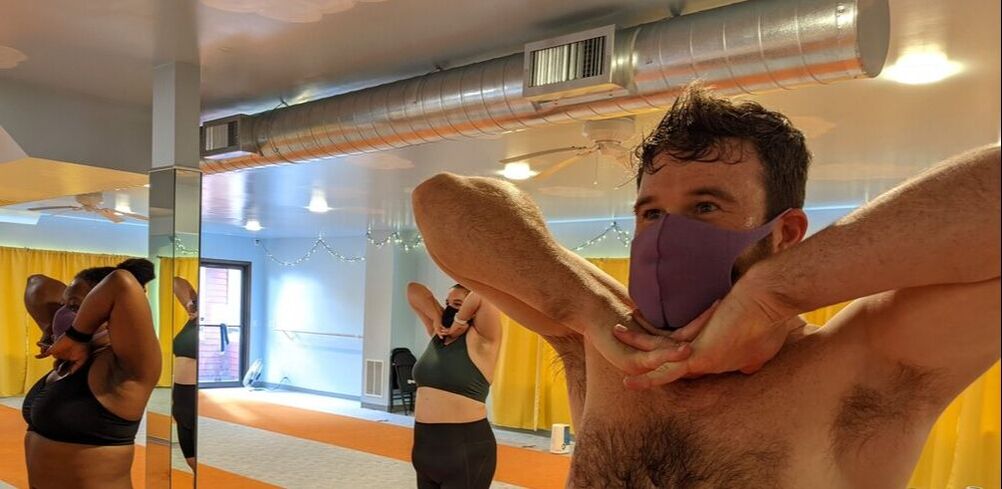
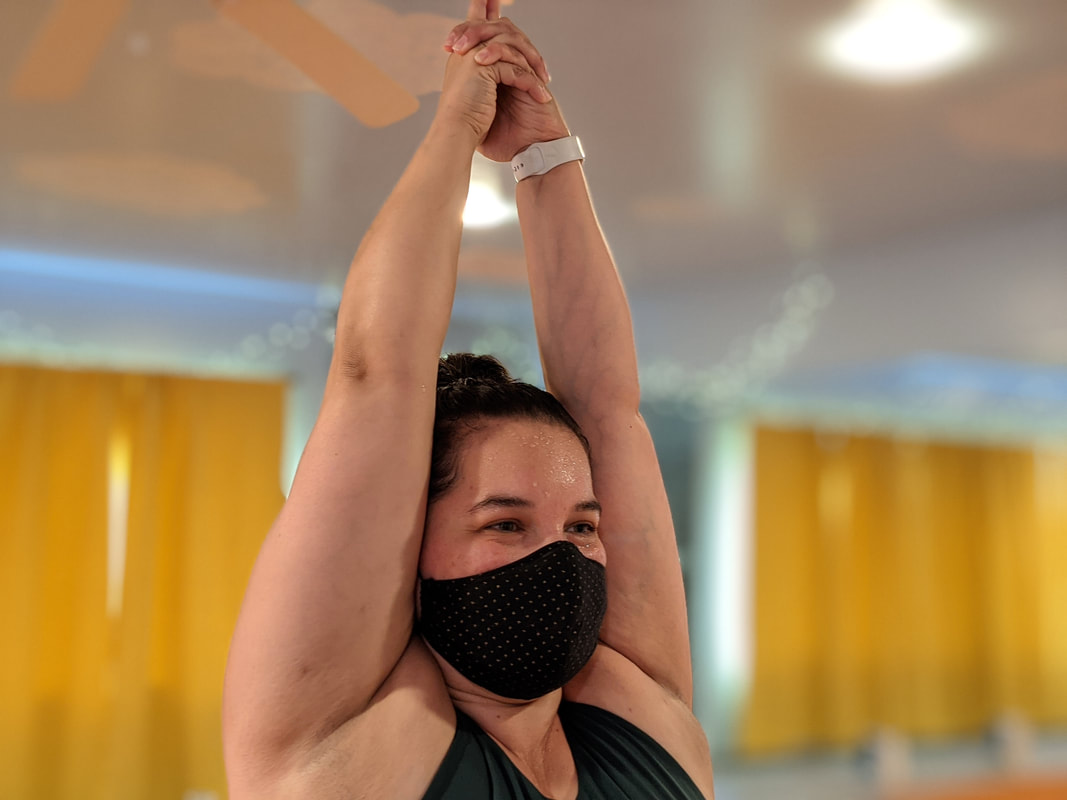
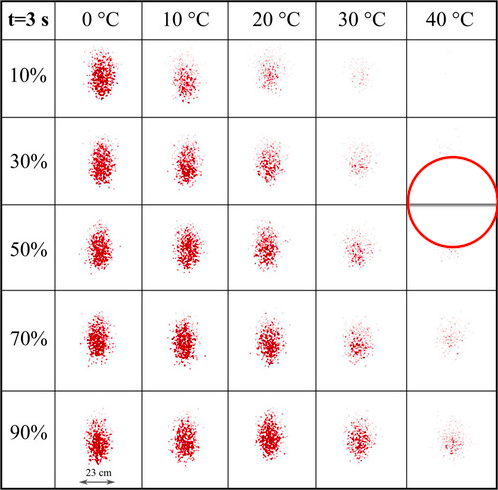
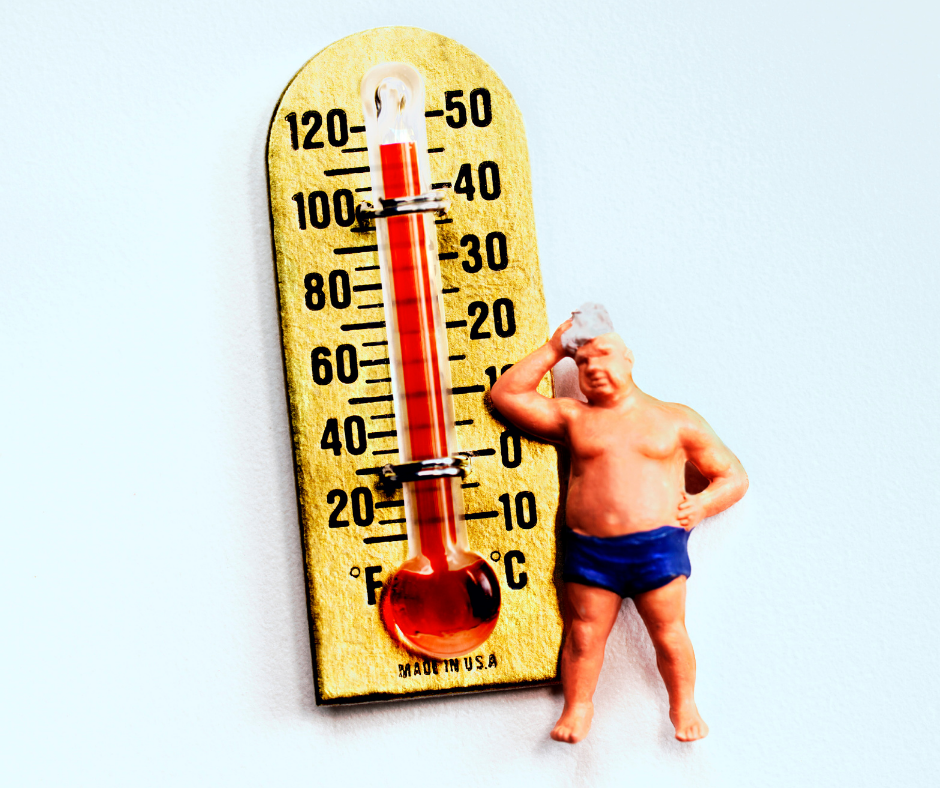
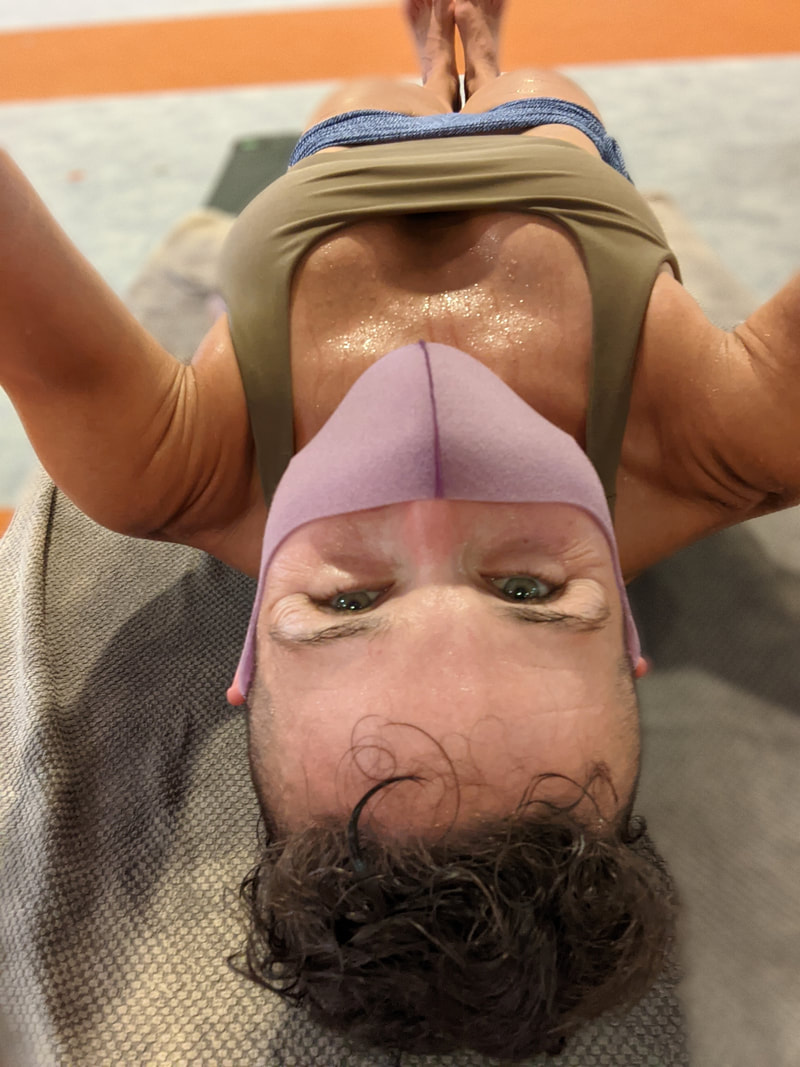
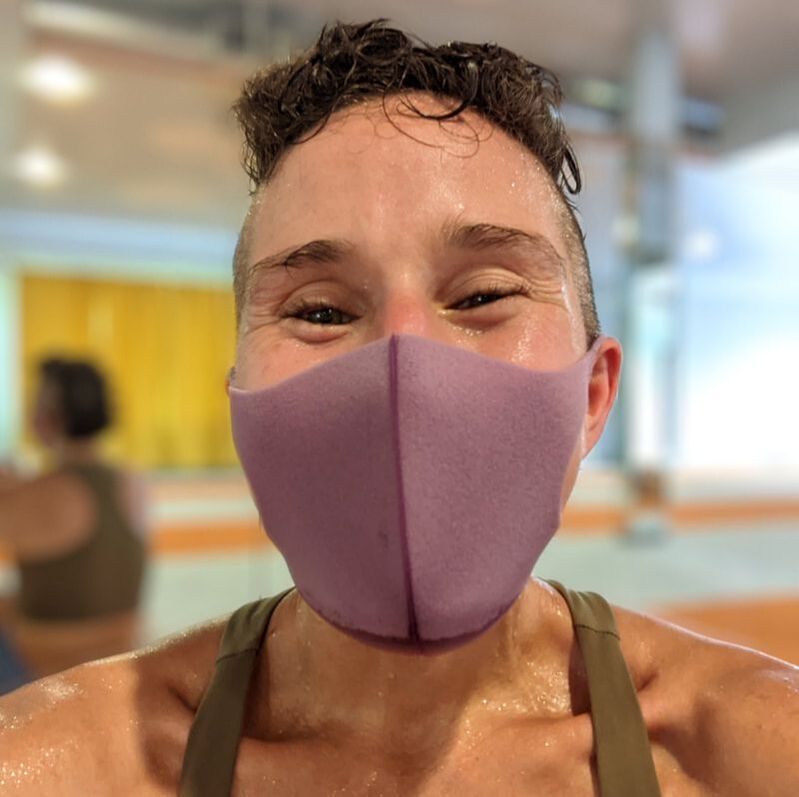
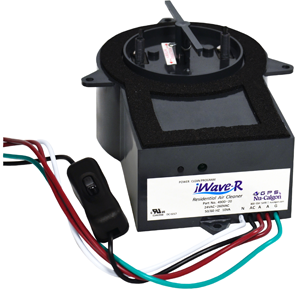
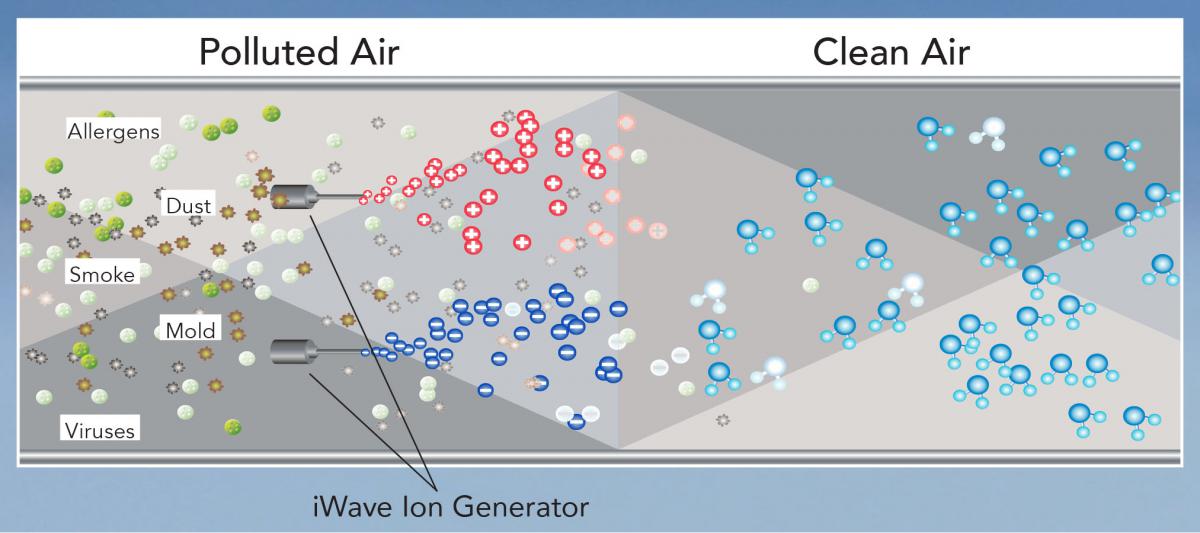

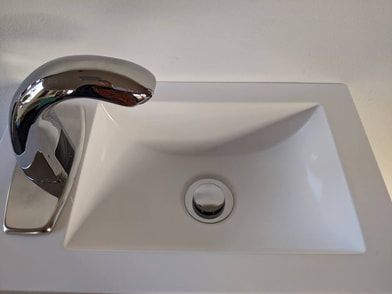
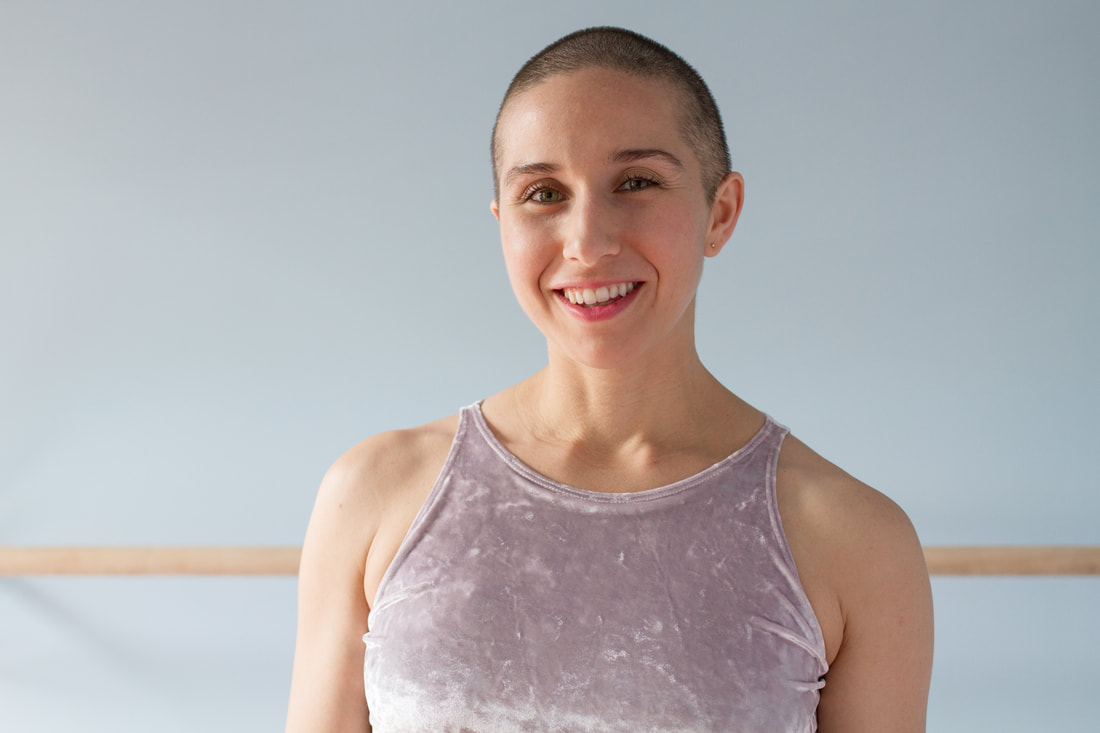
 RSS Feed
RSS Feed
